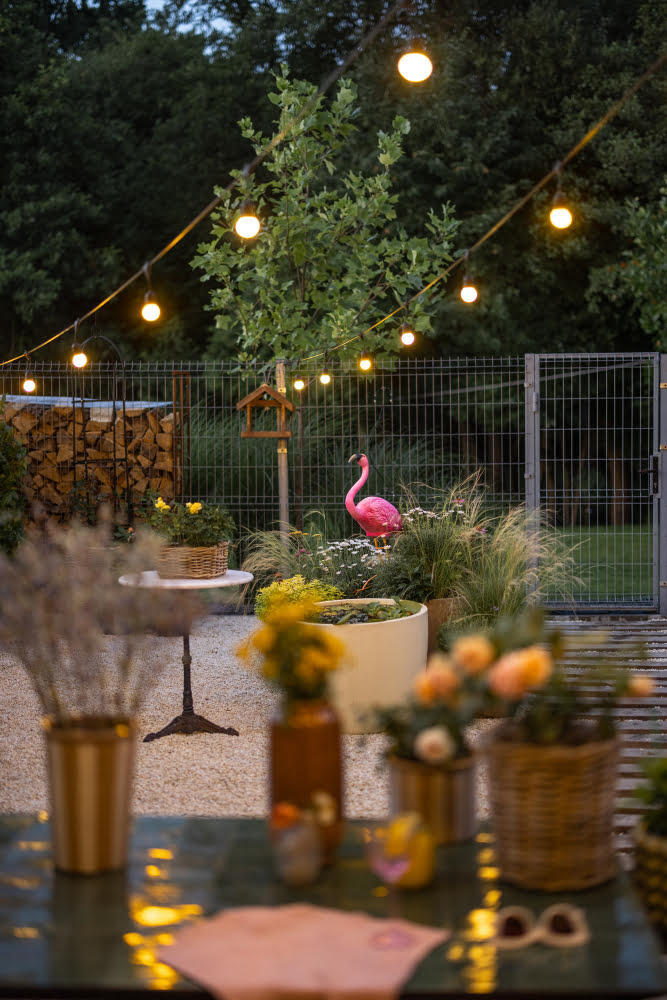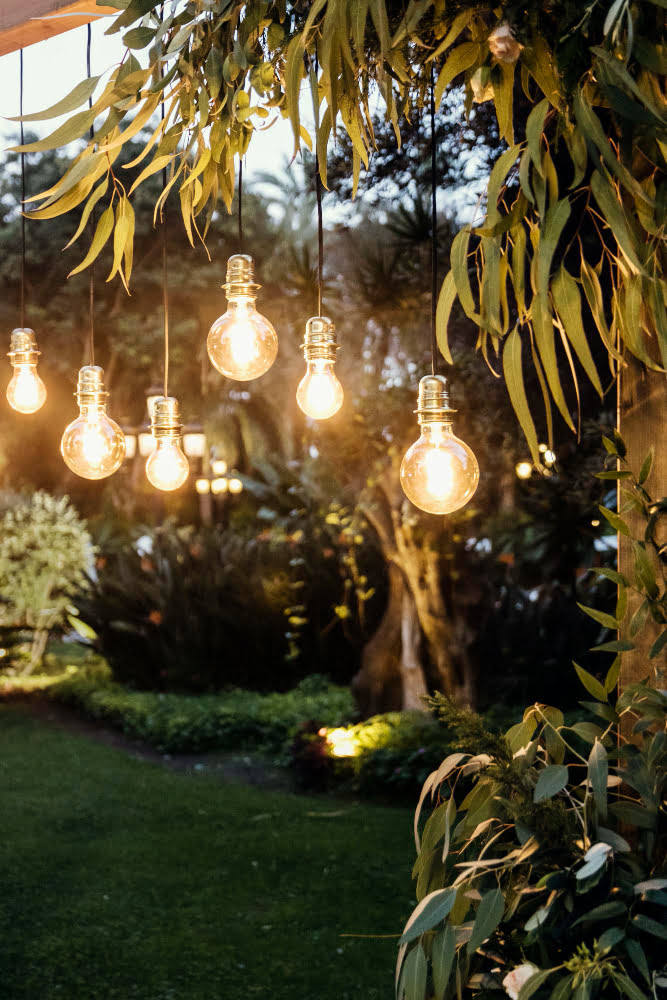Last updated on
Creating the perfect ambiance for your home’s outdoor spaces is as much an art as it is a science. The right lighting not only ensures safety and functionality when the sun goes down but also sets the mood for late-night conversations, alfresco dining, and backyard leisure.
In this guide, we’ll walk through the essential steps to illuminate your outdoor areas in a way that complements your home’s architecture, highlights landscape features, and maintains an inviting atmosphere for every occasion. Whether you’re lighting a cozy patio or a sprawling garden, these tips will help you achieve a harmonious balance between beauty and practicality.
Assessing Your Outdoor Space

Before purchasing lights or plotting light points, assess the size, shape, and function of your outdoor spaces. Determine how each area is used, whether for dining, relaxation, or entertainment.
Note any existing illumination like streetlights or neighboring properties. This audit establishes a baseline for where and how much additional lighting you’ll need, ensuring you avoid over-illumination and create a balanced, functional, and aesthetic lighting scheme.
Next, a professional can help you with a photometric lighting design, which takes into account the specific conditions and topography of your property. This service will provide detailed plans for fixture placements, types of lights recommended, and bulb wattage to achieve your desired results.
If your home is in Tauranga, for example, start by looking up an electrician in Tauranga that specializes in outdoor lighting. Keep in mind that while this service comes at an additional cost, it can save you time and money in the long run.
Choosing the Right Fixtures
The choice of fixtures significantly impacts the effectiveness of your outdoor lighting. Opt for fixtures that match your home’s exterior in style and scale, while also providing the required function. For ambiance, choose soft glowing fixtures. For safety and security, select bright, motion-sensing lights. Also, think about the durability of these fixtures; those designed for outdoor use should be weather-resistant to withstand the elements.
Furthermore, plan the layout of your lighting fixtures to highlight architectural details and landscaping achievements. Strategic placement can turn the simple façade of a home into a nuanced canvas of light and shadow, and make gardens appear lush and vibrant, even at nighttime. Choosing fixtures with the right beam width and intensity is crucial for achieving the desired effect.
Layering Your Lighting

Layering your lighting involves combining various lights for different purposes—ambient, task, and accent—to create a well-rounded and dynamic outdoor space. Ambient lighting sets the general light levels, while task lighting is focused on areas requiring more illumination for specific activities, like grilling or reading. Accent lighting is used to highlight features such as plants, sculptures, or water elements.
A successful layering approach ensures that lights do not compete but rather complement each other to enhance the space’s functionality and aesthetics. This technique prevents flat or harsh lighting, introducing depth and character to your outdoor sanctuary. Consider dimmers or separate controls for each layer to adjust the lighting as needed, depending on the activity or mood.
Energy-efficiency and Sustainability
Energy-efficient lighting solutions are not only better for the environment, but they also keep your electricity bills in check. LED lights, for example, consume considerably less energy and have a longer lifespan than traditional bulbs. They come in a variety of color temperatures to suit different lighting needs and are now widely affordable for homeowners.
In addition to choosing the right bulbs, think about employing timers and sensors to reduce energy consumption. These devices ensure that lights are on only when necessary, which is also better for nocturnal wildlife. Consider solar-powered options for areas that get ample sunlight, providing an eco-friendly lighting solution that harnesses renewable energy.
Safety and Security Considerations
When planning your outdoor lighting, consider the safety and security of your space. Well-lit entryways, pathways, and obstacles like stairs or water features reduce the risk of accidents. Ensure that these areas are adequately lit to provide safe navigation for yourself and guests after dusk.
Security is another crucial aspect. Adequate lighting around the perimeter of your property can be a deterrent to potential intruders. Motion sensor lights are particularly effective for security purposes, surprising intruders with sudden illumination. Moreover, integrating your outdoor lighting with a smart home system can give the impression of occupancy, even when you’re away, adding an extra layer of security.
The Takeaway
The journey to create a well-lit outdoor space blends aesthetic sensibilities with practical considerations. By assessing your space, selecting the right fixtures, layering your lighting thoughtfully, and embracing energy-efficient options, you can craft an outdoor environment that is safe, secure, and inviting.
Remember that lighting is more than mere illumination; it is an extension of your home’s personality and a reflection of your style. With the right approach, the play of light and shadow can transform your outdoor areas into enchanting spaces for evening relaxation and social gatherings, making your home not just a place to live, but a place to thrive.
Recap:



